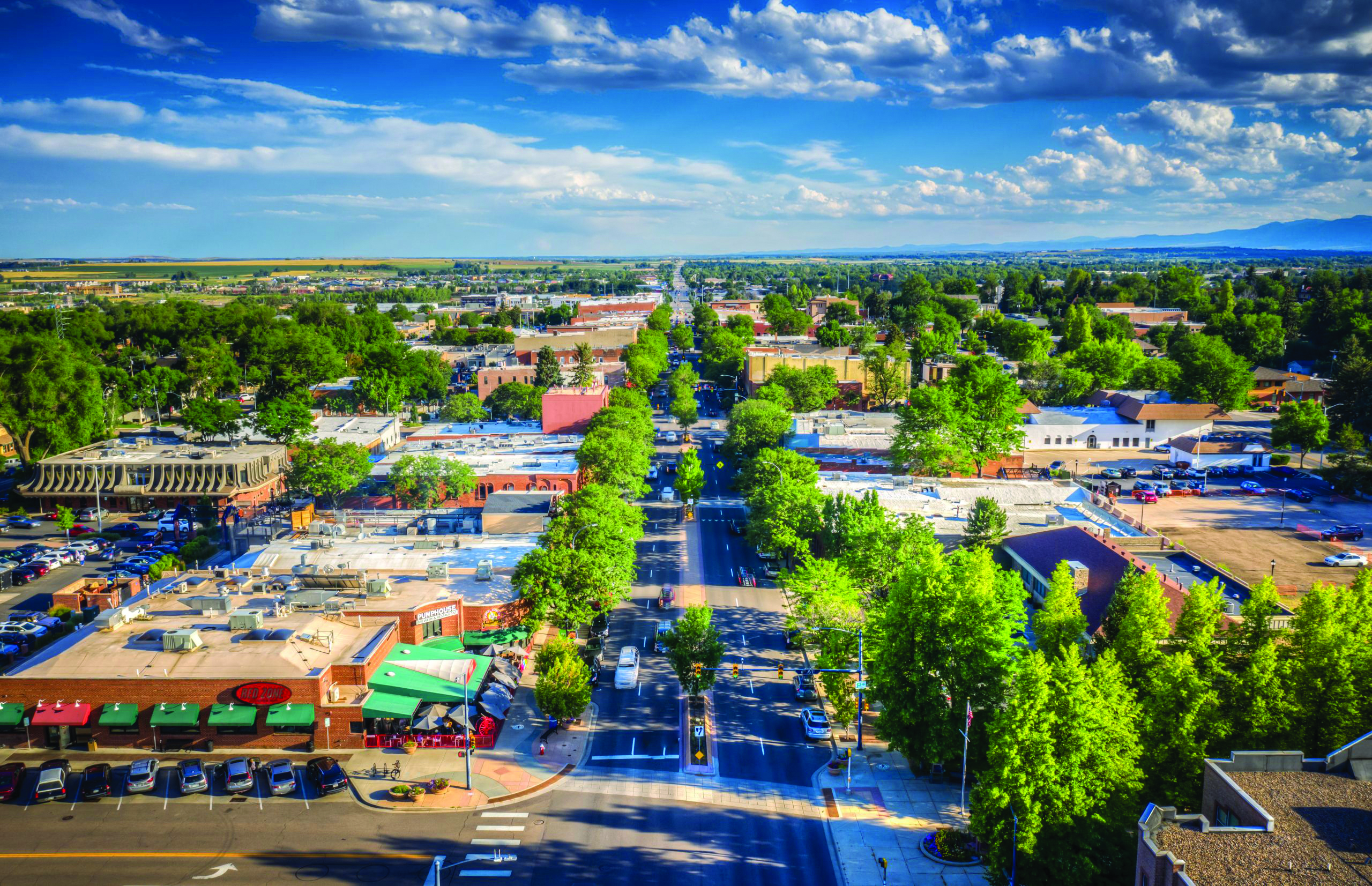
South 88th Street in Louisville is no different than the other roads veining through Boulder County.
There’s a fenced-in prairie stretching to the east. To the west, you can seeBoulder’s Green Mountain and jagged Flatirons between trees planted in the road’s median.
The thoroughfare forms a T with Dillon Road as you round the final curve.
But what looms behind the traffic light ahead is a somewhat unexpected character: a lone cottonwood.
Camped in the turn lane on 88th, it’s easy to anthropomorphize the solemn tree: straggly branches and leaves become an untamed coiffure and the changing red and green lights turn into eyes.
Planted alongside a busy intersection and near a walking path, residents of Louisville have passed it countless times on their morning commute, or after picking up their kids at the nearby Monarch K-8 school.
Some in the area have a strong affinity for the tree.
“It feels like an old friend with the kind of craggy branches and grumpy old-man face,” says Louisville resident Adrienne Gotye. “It just feels like a bit of an icon to Louisville.”
After living at the intersection for 60 to 70 years, the City of Louisville removed the cottonwood on Aug. 9 after foresters noticed declining health and rising safety concerns following damage from the Marshall Fire.
The City’s Facebook announcement that the tree was slated to be cut got the attention of residents — garnering 20 sympathetic comments just days after the posting.
“It’s a beacon of light in every season,” one person wrote in the post’s comments.
“This brings tears to my eyes,” said another.
Sherry Sommer is one resident who says she will miss the tree.
“It’s just been the most special tree in Louisville because it’s iconic,” Sommer says. “It’s so majestic. To me, it’s a landmark. It gives us a sense of place in town, just to look at it and think ‘Wow, that’s something enduring.’”
The tree survived the Marshall Fire, though not without scars, to become a symbol of community resilience. Gotye says the health of the tree was one of the first things she thought of after the fire tore through the area.
Cottonwoods like this one are hotspots for wildlife. Rabbits and deer feed on the tree’s shoots and stems, and it hosts a variety of insects that attract birds and other predators to its branches.
A honey bee colony made a home in this particular cottonwood, and was relocated prior to the removal process.
The City, aware of the community’s strong connection with the tree, wrote a heartfelt note to residents notifying them of its pending removal.
“We understand this may come as a sudden announcement, and we share the sadness many of you may feel at its departure,” the statement read.
According to the City, multiple independent experts assessed the tree’s condition and found factors like fire damage, high summer temperatures, moisture loss, cracking in the trunk base and canopy death have “rendered the tree beyond repair.”
Recent rapid decline was also attributed to a burst of growth from the wet spring that the cottonwood couldn’t sustain during the summer heat due to its age and health. As school traffic returns in the next few weeks, City staff were concerned the tree was a safety hazard for cars and pedestrians, especially the children who pass on their way to school.
While many comments from Louisville residents about the tree’s removal were somber, others brought thoughtful ideas of reusing the tree’s wood. Throughout the removal process the City was “on the lookout” for pieces of the tree to be saved and repurposed.
The city will honor the tree’s memory by planting two Bur Oaks in the area.



